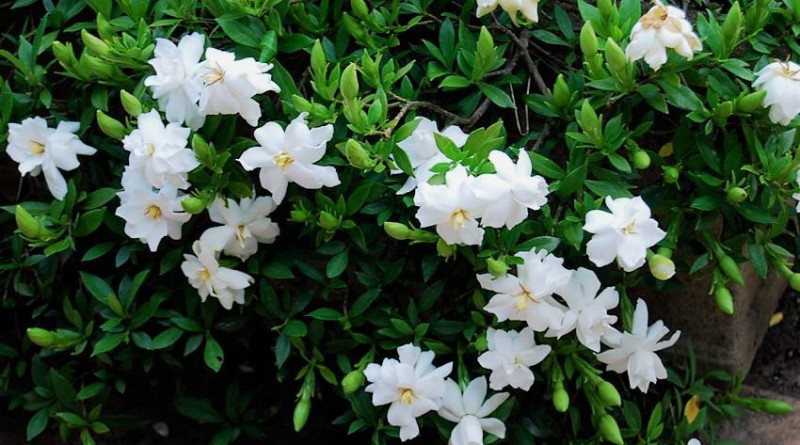Gardening: Tending to the Needs of the Attractive Gardenias
I’ve always loved the thought of enjoying the sight of a beautiful garden, one that would make me feel proud and of course get the envious sighs of neighbours and passers-by. A garden is the perfect escape when one doesn’t have the means or time to travel, the place where you can surround yourself with nature, enjoy a good book, or just relax breathing in the fresh air.
It’s also the place where you can grow your own food, and flowers, taking your green thumb skills to another level. With me it all started thanks to being drawn to organic food, but I considered myself a great fan of flowers too thanks to one in particular: the gardenia flower. As a small evergreen shrub with glossy green leaves and beautiful fragrant flowers, the it’s a really attractive plant.
Though it originally thrived in China and Japan, it’s now cultivated around the world thankfully, with over 200 species, so it’s impossible not to find the right one for you. The gardenia flower shrub is ornamental, and adds curb appeal to the home and moreover is a plant that’s easy to take care of. The only problem may be in case of harsh winters, in which case it’s better off to grow gardenias in planters and pots and move them indoors when the season comes as they are sensitive to the cold.
I suppose it is the same for many, primarily taking watering into account, and not the soil and fertilising needs. While I was preoccupied with watering regularly, since the beginning, I wasn’t in the knowledge gardenias are plants that prefer well drained soil, so after a time of not paying attention to checking whether the soil was dry or not between watering, what I got were yellow leaves.
Out of fear of killing them, I started reading through more of the gardenia needs to know how to take care of them better and that’s when I also learned the soil ought to be acidic. They do like the sun, but they most thrive at spots of partial shades. Same as they like their regular watering, they like fertilising and you can ensure proper healthy growth by doing so regularly.
Mind you though, it has to be a fertiliser meant for plants that thrive in acidic soil, and it’s best not to do it in the autumn months to avoid new growth bound to die out in the cold winter months. As for over-fertilising, it can lead to accumulation of salt.

